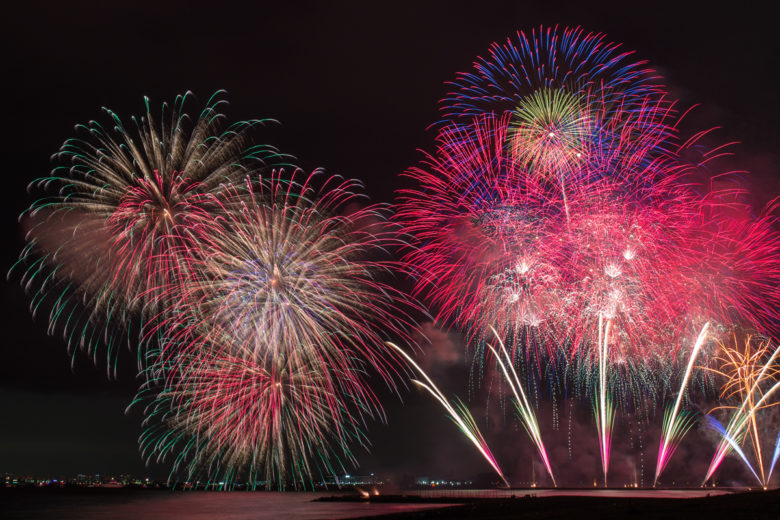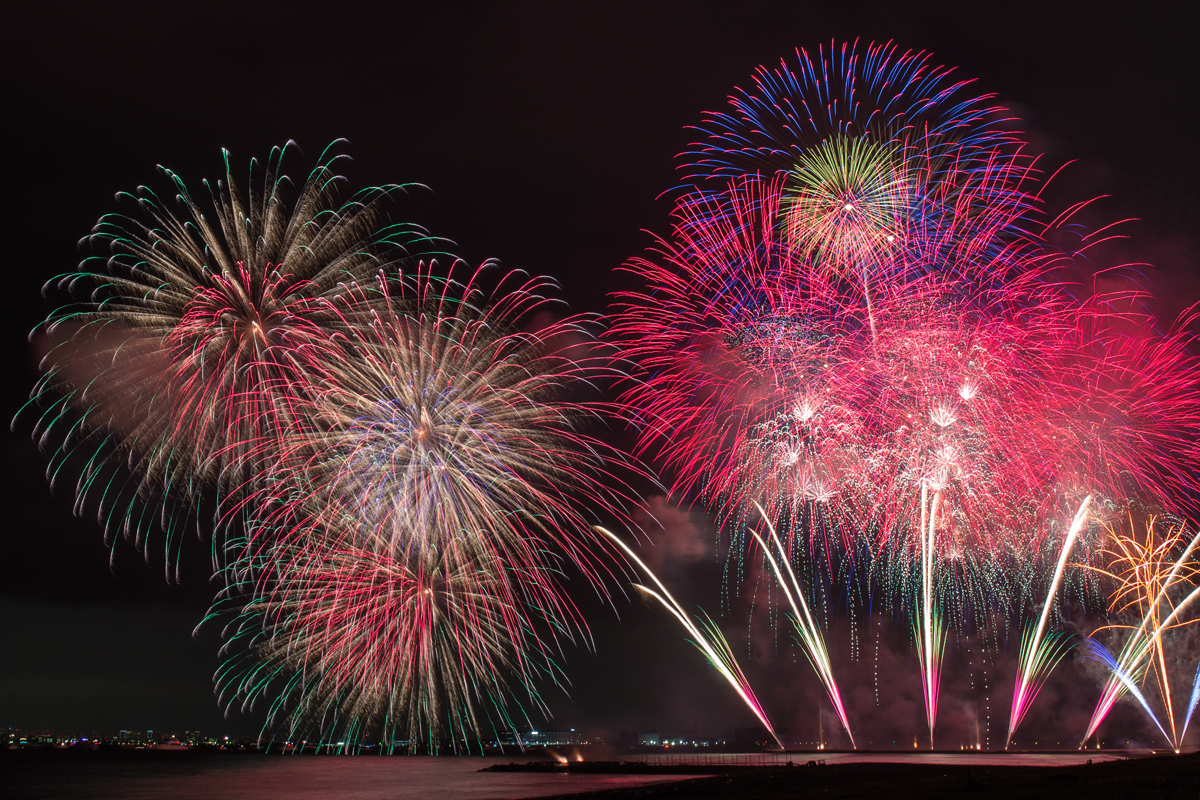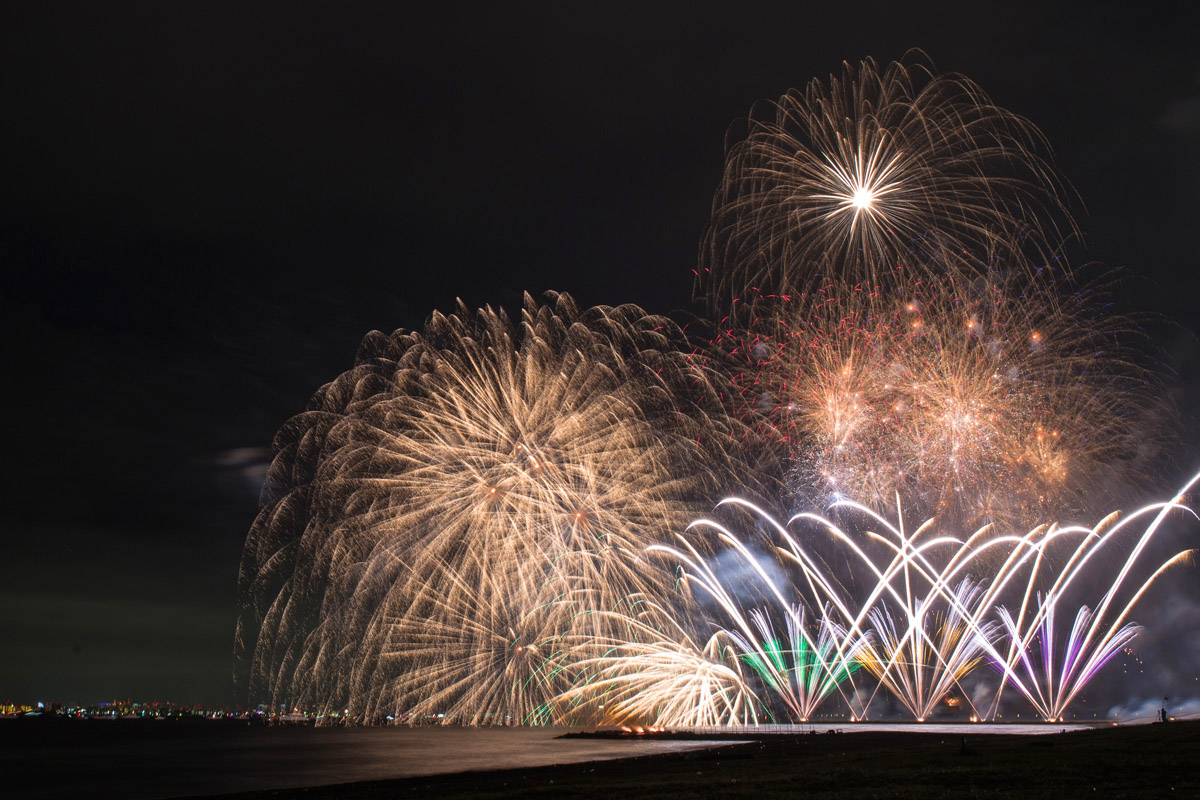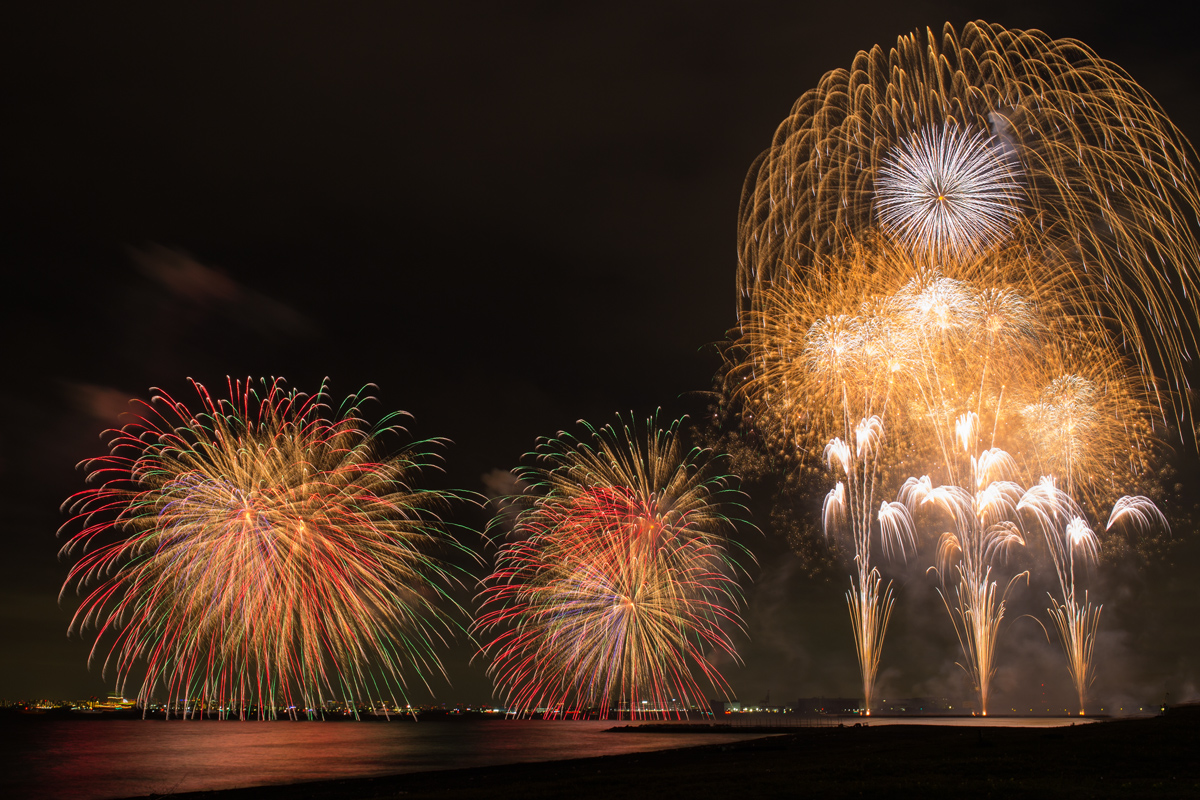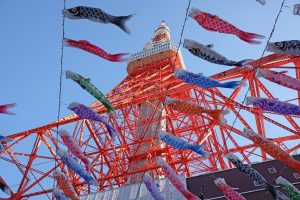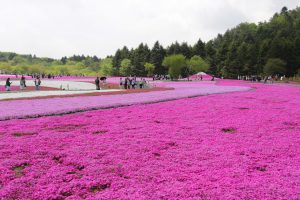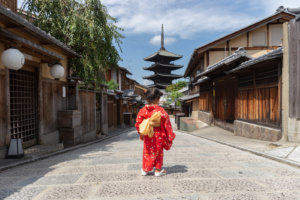Summer means fireworks festivals in Japan. Fireworks watching has been done for many years throughout the country. It is known as “hanabi” which literally means “fire flowers”. For this reason, most of the fireworks in hanabi festivals imitate flowers shape.
There are many fireworks festivals in Japan. In Tokyo, the most famous and the biggest fireworks festival is held at the Sumida River, Asakusa. It’s one of the most beautiful fireworks festivals in Japan, also the toughest one to enter or come. People start coming to Sumida Park at the earliest morning and some are even willing to spend a night before the event just to secure the closest spot to the fireworks. It takes like a whole day to secure a spot for Sumida Park fireworks festival that usually starts at 0533pm.
The biggest challenge for fireworks watching is to secure a spot to sit. Japanese are willing to come as early as 7 am to the firework spot just to secure a place. Sometimes they sit entire day on the sitting spot waiting for the hanabi, immune to summer heat. Luckily many cities now offer the best spot for those who are willing to pay.
We are not the type of people who are willing to pay every time we want to see fireworks festival. Paying the ticket once is fine for the sake of pictures taking but definitely not every time. When we don’t pay for the sitting spot, we come as early as 7 hours before the fireworks start, lay the mat on the closest spot to the fireworks and sit there for hours. Umbrella, water, snacks, hats and sunscreen are our best friends. Some say it is fine to leave the spot as soon as you put your mat on the preferable spot. That’s not often the case in fireworks festival. Someone else can easily overtake your spot. This will lead to argument or even fight. Rule of thumb: come early to claim the best spot for fireworks watching and wait there.
The best spot means the closest one or at least the one with the best angle to the fireworks. For us, fireworks challenge our photography skills. We are not professional photographers by any definition. It took three years of relentless efforts of fireworks pictures taking that led us to this stage.
The first time we tried to take pictures of fireworks was in 2014, using our Canon 6D with 24 – 70mm lens. It was so horrible that anyone who looked at it would think something just blew up. It was smoke in the distance with a trail of lights. The biggest mistake was the camera setting. We didn’t know how to set our camera to capture the fireworks. We learnt our lesson then we studied several photography books and websites.
When felt confident enough that we could take great pictures of fireworks on our second hanabi, we forgot another important factor: the angle. It’s not only the setting, the angle too which makes the great pictures. These are inseparable factors for great pictures. We had the setting right but the fireworks was just too far from our sitting spot. They appeared like colourful dot in a distance. Needless to say we didn’t get great pictures of fireworks in 2015.
This year we got everything right: the camera setting and the angle. We could take fireworks pictures like postcards. After three years of trying, we finally took great pictures of fireworks. We wanted to share what we learnt from our experience with you all.
Here are tips on how to take great pictures of fireworks like a professional:
Choose the Best Angle
Rule of thumb: it’s not the setting it’s the angle that makes a great picture. For this, you must arrive at the venue as early as possible.
We could only get the best sitting spot because we went to the fireworks area at 6 am before it’s blocked for the event. Checking the area long before the fireworks start not only allow us to get great picture but also gave us the best sitting spot. This year we bought tickets to the closest sitting spot to fireworks but still without checking the area beforehand we didn’t have a clue of the best spot for pictures taking. It turned out we could sit on the first row, right in front of the fireworks.
A closer place to the fireworks is great but it should not be too close. The lens cannot capture entire fireworks from a too close place. Other reason is because the fireworks residues sometimes are blown by unexpected wind. We never want any ashes enter our eyes neither landed on camera lens.
Get Your Gear Ready
First thing first, great camera is of no use without battery and memory card. Be sure you have charged your camera battery beforehand and double check if the memory card is inside the camera.
DSLR is the best to capture fireworks. Ours is Canon 6D with 35mm lens but this is not a mandatory. There are many great DSLR out there, pick the one that suits your needs. Using a tripod and a remote release is essential for a great fireworks picture. Unlike hand-held, tripod will provide stability the camera needs for taking pictures with long shutter speed.
DSLR with wifi function can come in handy for fireworks pictures taking. You can connect your smartphone with the camera through wifi setting and use the smartphone as remote control for taking pictures. If your DSLR has no wifi control function, using a cable release is the only option.
It is better to include other objects in the pictures like buildings, people or water instead of taking the fireworks alone. This will show how big or tall the fireworks are.
Get the Camera Setting Right
DSLR may work differently but the settings in principle are always same for shooting fireworks. It’s best to set the camera and test it as soon as the sun has set . Here’s the setting we used for shooting the fireworks:
- Lens: any lens is fine but prime lens has a better chance to produce great pictures quality
- Aperture: F11-F16. If the picture is too bright, close the f stop. Check out the programme to predict the brightness of the firework so you can adjust the f stop accordingly
- Mode: Bulb. Bulb mode allows you to keep opening the shutter as long as you hold the release on.
- ISO: 100
- Flash: Off
- Noise reduction: Off
- Image stabilizer: Off
- Auto focus: Off. Manually focus the lens to infinity
- White balance: Tungsten
- Live view mode works well to set the focus precisely
- Adjust the framing after the show starts
- Adjust the number of bursts in a photo by changing the duration of holding on the release
Things to Check
This seems amateur but to check where the fireworks are about, programme of the fireworks festival and even direction of the wind are some of the most important factors in taking great pictures of fireworks.
There’s always fireworks festival programme published either on internet or flyers. Check it before the fireworks start to get ready when to take the pictures. The highlight of fireworks usually means more fireworks and the most exuberant in the show. It’s when you need to focus to shoot.
Direction of wind is another important thing to check. Sometimes the direction of the wind changes in the evening. It’s best to avoid the downwind of the fireworks to avoid shooting the smoke instead of bursting colours of the firework.
Ethics
Let’s accept one thing: the fireworks is dedicated to public viewers, it is not a private show. Be considerate of others even if you have spent a lot of money to secure the best sitting spot, there are many people within the area. Tripod usually is the most annoying thing in the show, that’s why many sightseeing spots in Japan don’t allow photographers taking tripod. Your tripod should stay where it’s first installed. Do not move it just because you want to get the angle right in the middle of the show.
Unless it is allowed, never stand up during the fireworks show. Remember the people behind you come to watch the fireworks, not your back.
Have you watched fireworks this summer? What’s your challenge in taking fireworks pictures?

